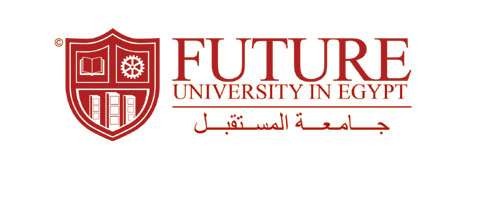Abstract :
Aim: This study was two folded: an in-vivo study to compare the retentive properties of Lucitone conventional cured denture base resin and Nature-Cryl MC microwave cured denture base resin and an in-vitro study to compare the internal adaptation, fracture resistance, roughness, hardness and colour stability of these two materials and correlate the laboratory results with each other and with the clinical results.Materials and Methods: Twenty completely edentulous male patients received twenty complete dentures constructed from Lucitone conventional cured denture base resin. The retentive properties of the upper complete dentures were measured using force measurement gauge at one week, one month and three month follow-up period. The patients were instructed to take off their dentures for two weeks. Twenty complete dentures were then constructed for the same patients using Nature-Cryl MC microwave cured denture base resin. The retentive properties of the upper complete dentures were also measured using force measurement gauge at one week, one month and three month follow-up period. After finishing the in-vivo retention measurements, the twenty patients were equally divided into two groups based on their clinical satisfaction; one group received Lucitone denture base resin and the other group received Nature-Cryl MC denture base resin. The other twenty dentures; ten made of Lucitone and ten made of Nature-Cryl MC were taken for laboratory testing. Internal adaptation was evaluated by weighing a silicon film between each denture base and the metal master mode using a precision scale. Fracture test was carried out by applying compressive mode of load at fitting surface of each denture using computer controlled materials testing machine. For measuring surface roughness and surface hardness, twenty rectangular specimens assigned to two equal groups; Lucitone conventional cured resin and Nature-Cryl MC microwave cured resin where prepared. Using 3D image of the surface profile of the specimens, WSxM software was used to calculate average of heights expressed in μm, which was assumed as a reliable indices of surface roughness. Hardness was then measured using Vicker’s hardness tester. Forty cuboidal specimens assigned to two equal groups; Lucitone conventional cured resin and Nature-Cryl MC microwave cured resin where then prepared for measuring color stability using solutions of tea, coffee, and turmeric and artificial saliva. Five specimens of each acrylic resin brand were immersed into each of the specific solutions for three days and the specimens’ colors were measured using a Reflective Spectrophotometer. All results of in-vivo and in-vitro investigations were collected and tabulated for statistical analysis. Results: The clinical results of the retention were in agreement with the laboratory results of internal adaptation as both showed statistically non-significant difference between both denture base materials. The laboratory results of physical properties showed higher fracture resistance, lower roughness, higher hardness and lower colour change of Lucitone conventional cured denture base resin in comparison to Nature-Cryl MC microwave cured denture base resin. Conclusion: There is no difference between dentures constructed from Lucitone and dentures constructed from Nature-Cryl MC in terms of retention and internal adaptation. However, Lucitone conventional cured denture base resin has superior physical properties than Nature-Cryl MC in terms of higher fracture resistance and hardness values and lower roughness and colour change values. In-vivo measurements of denture retention and in-vitro measurements of internal adaptation are correlated. Results of hardness and fracture resistance are correlated. Results of roughness and colour changes are correlated. Tests for physical properties and other applications of microwave cured resin should be continued.
